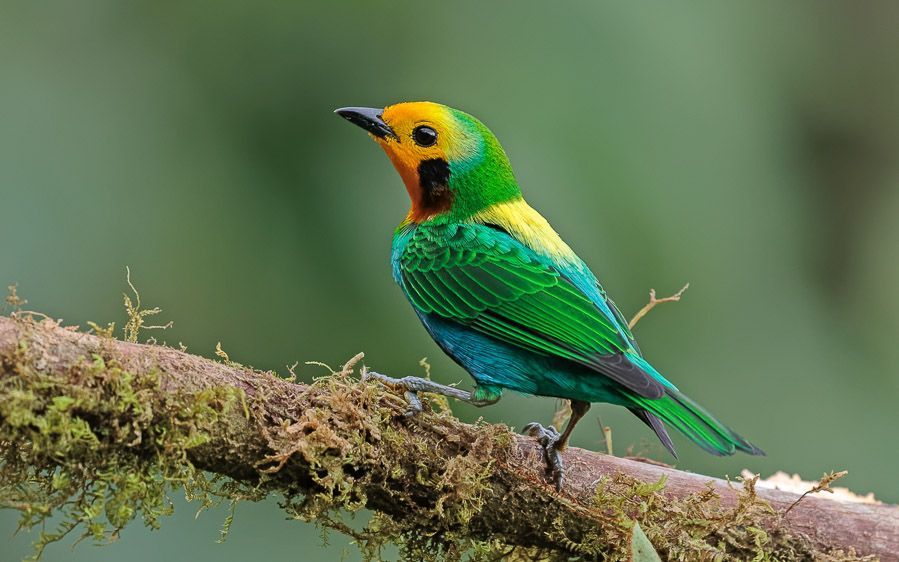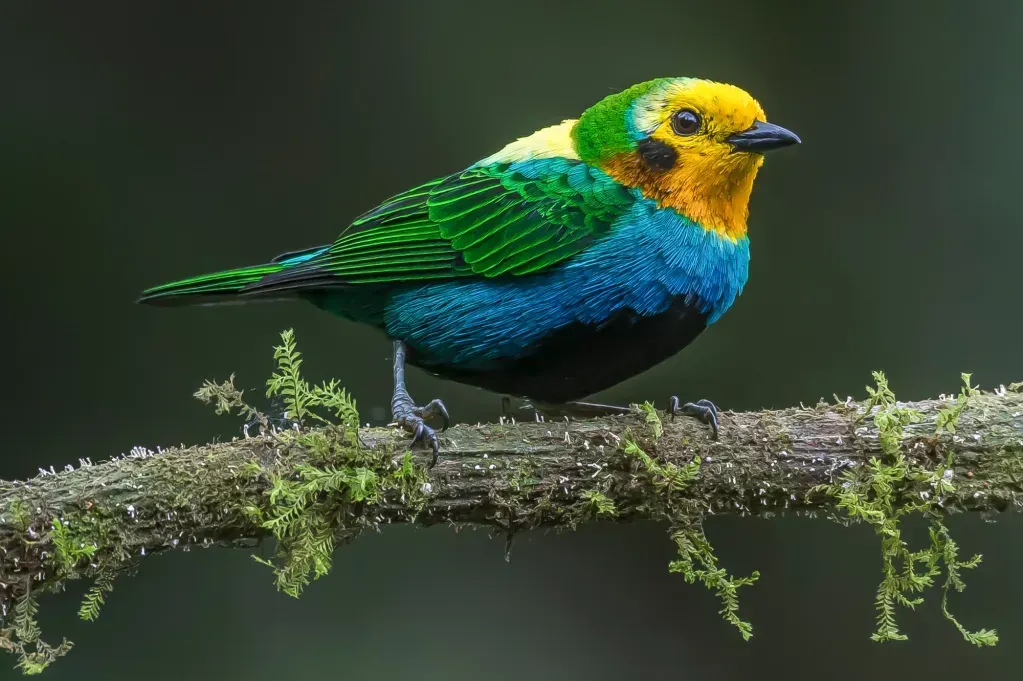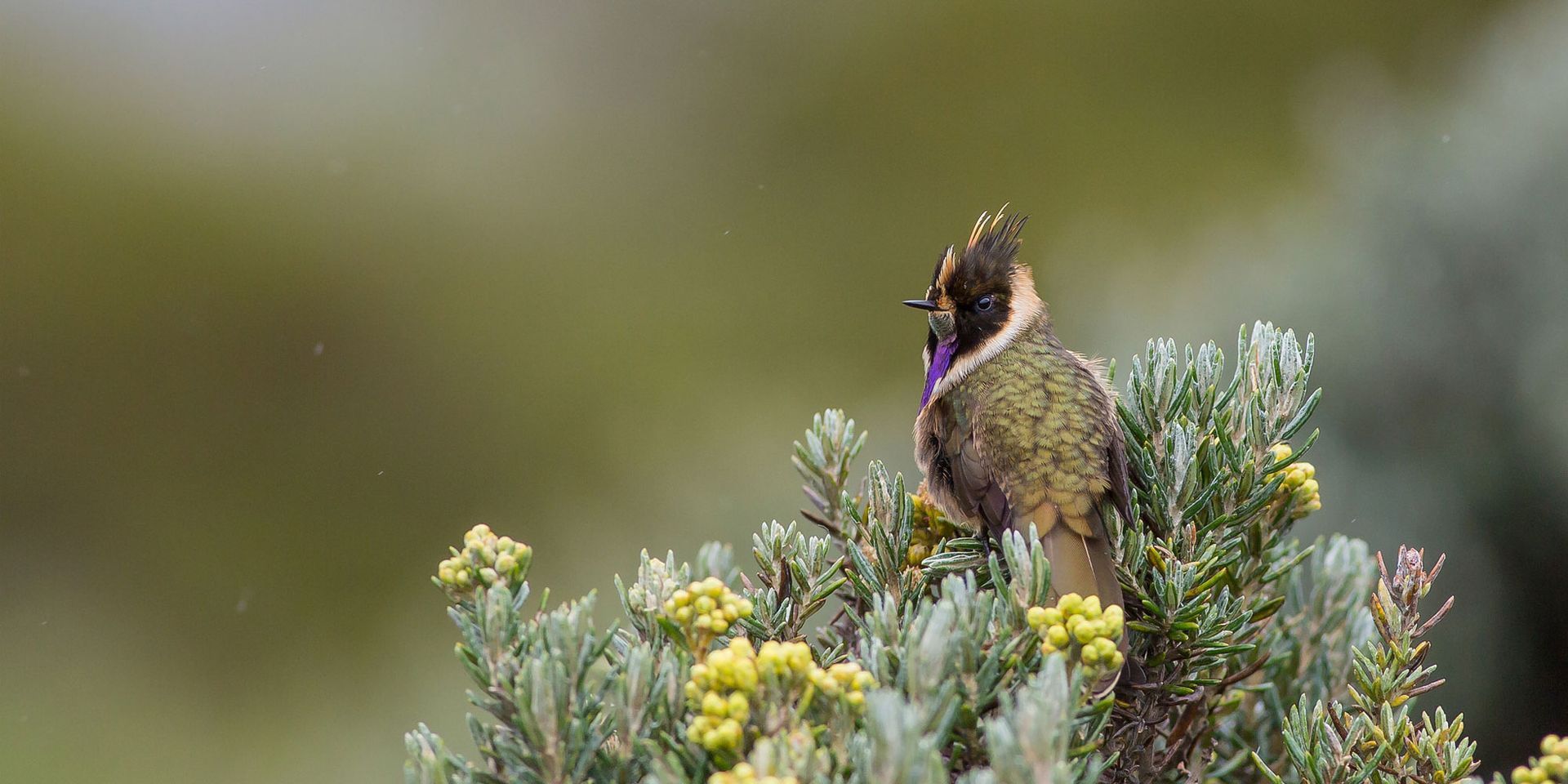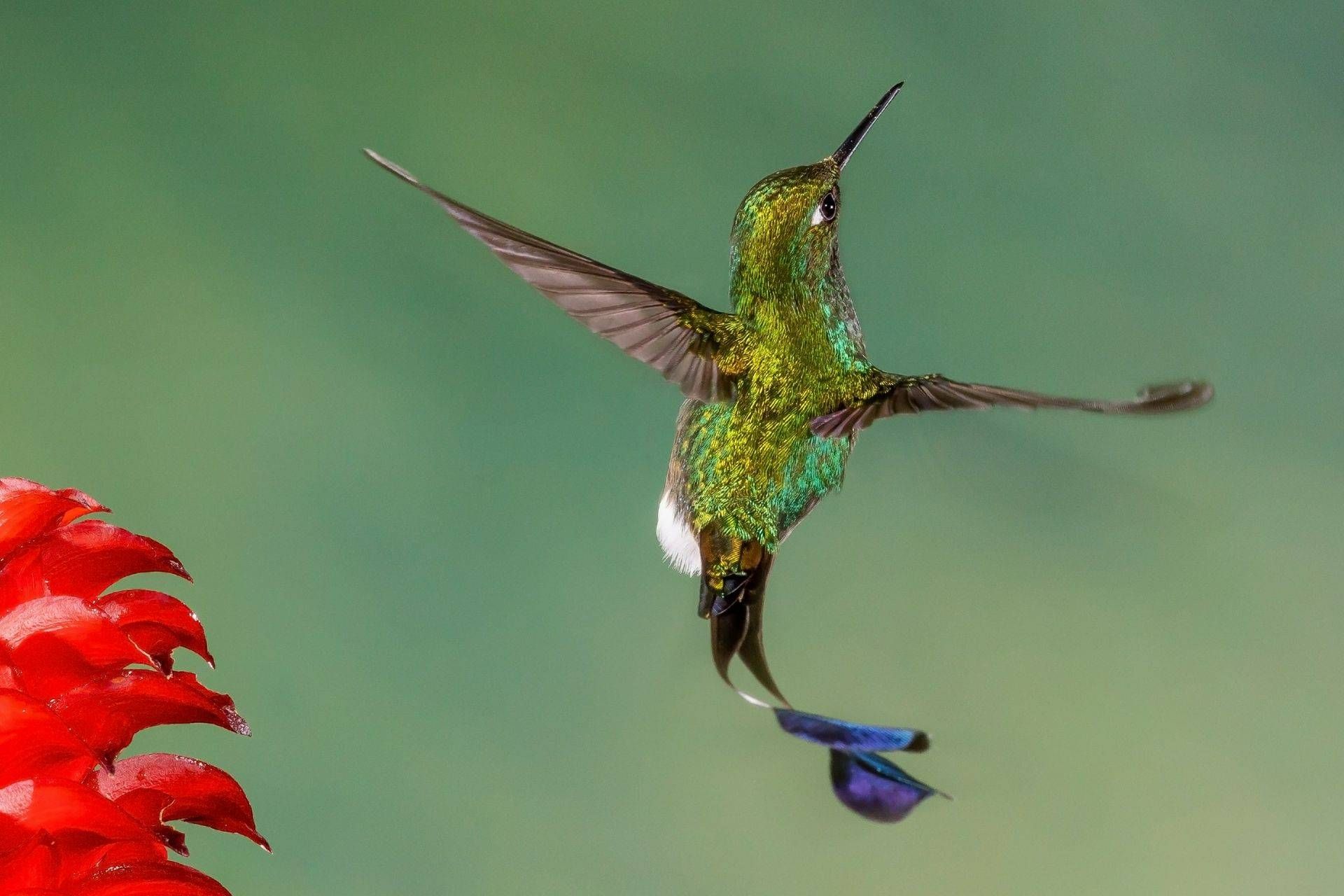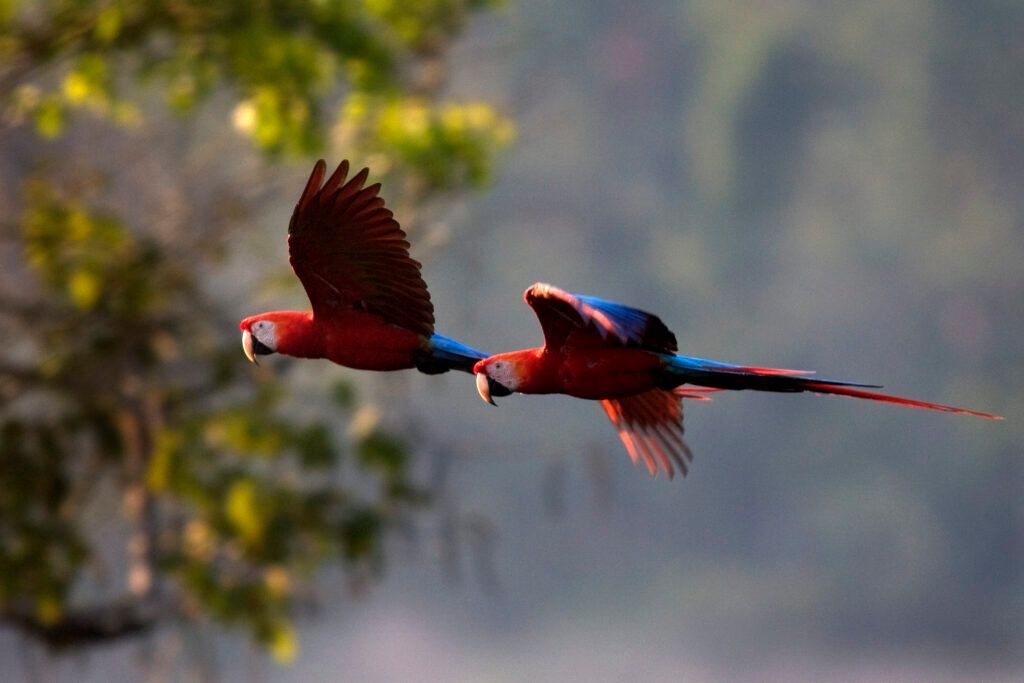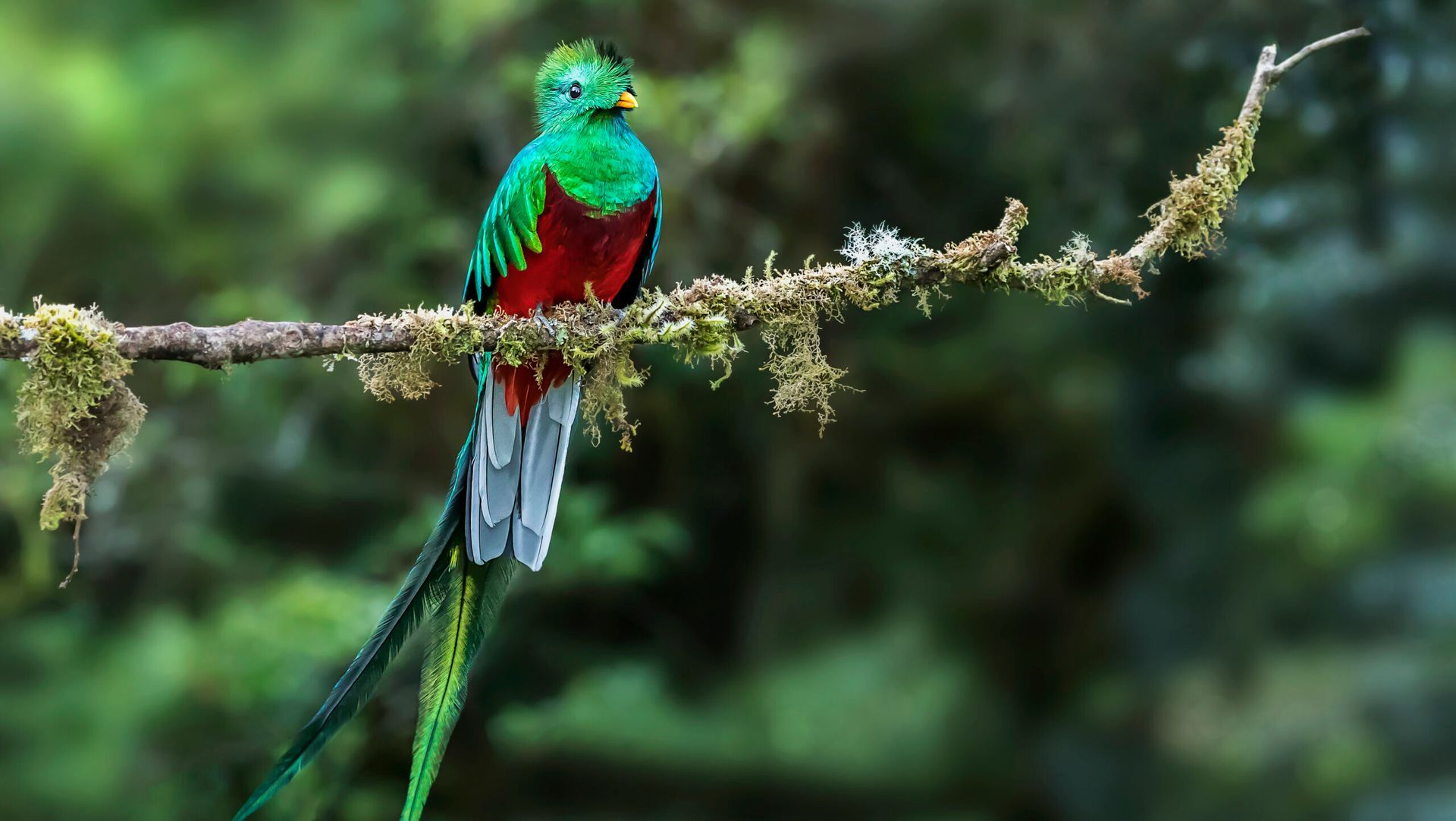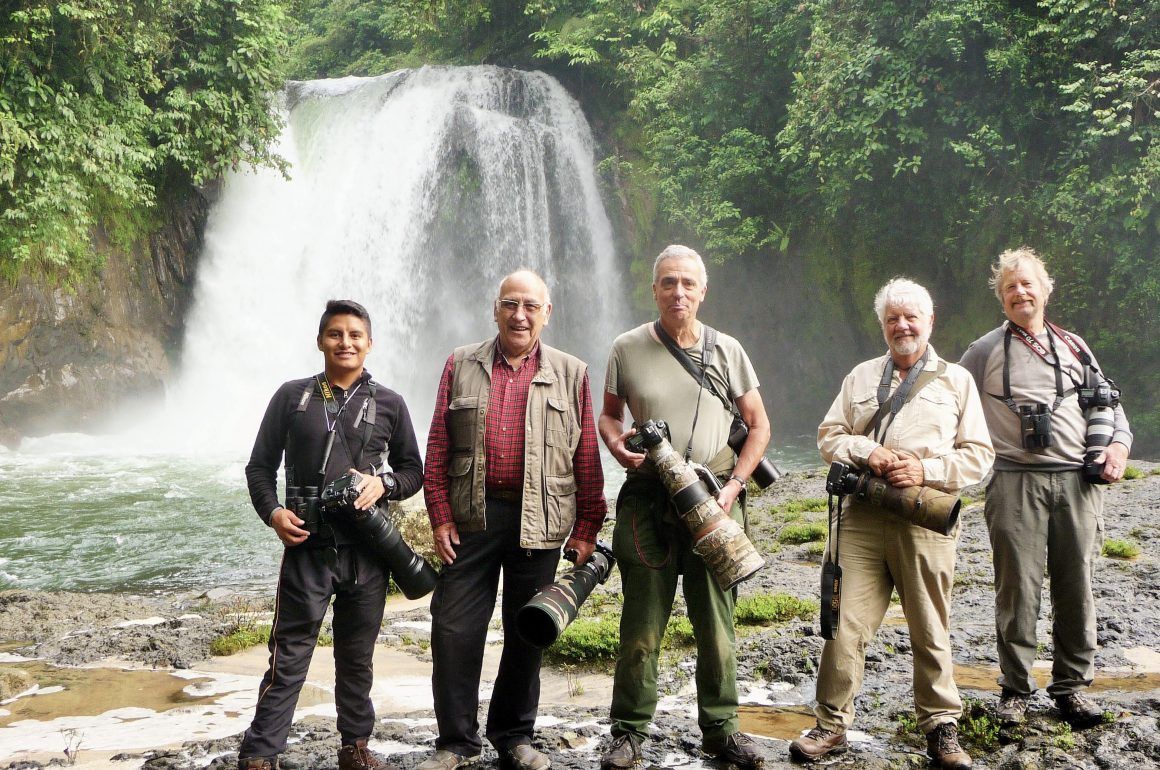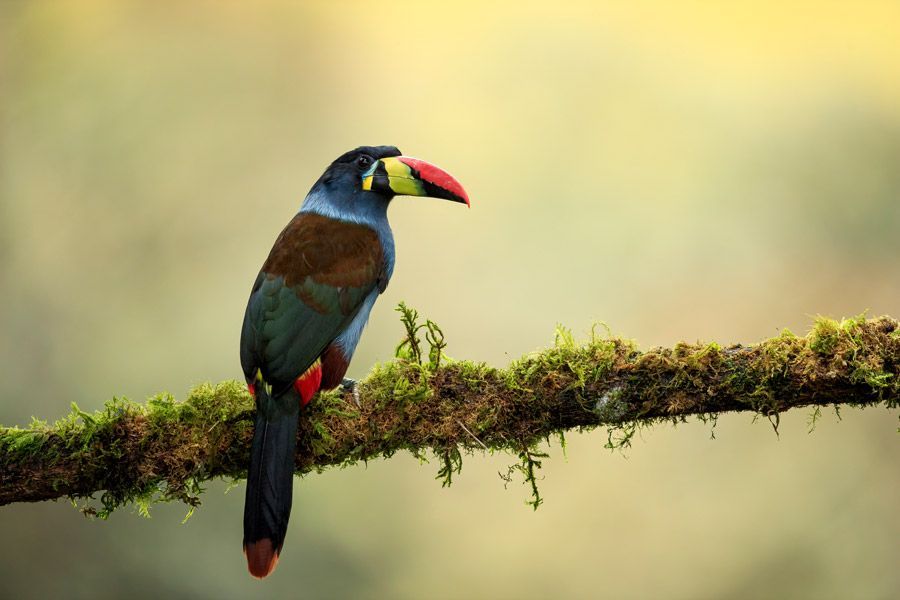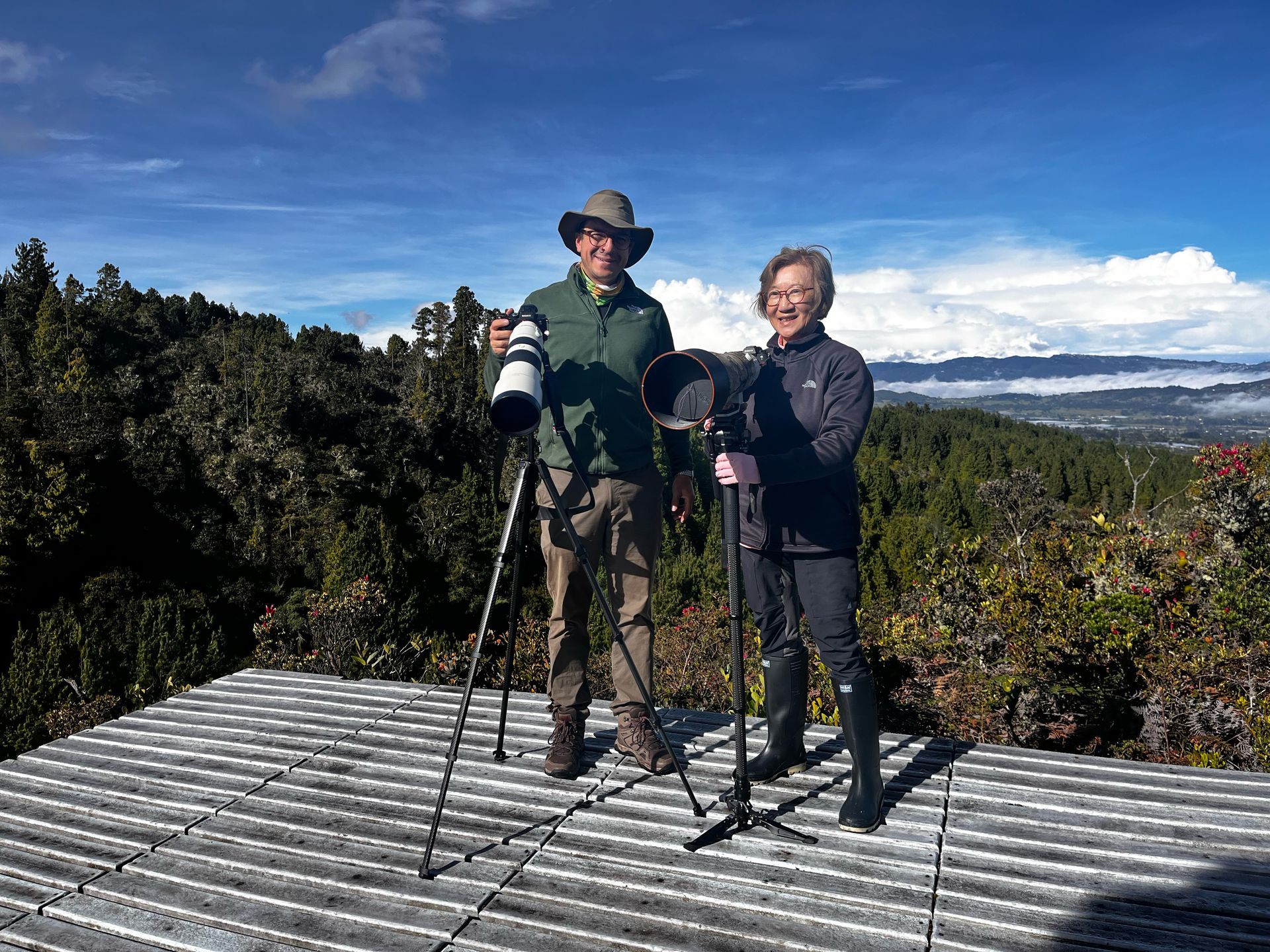The Best Birding and Bird Photography Destinations for Nature Photographers in South America
The Best Birding and Bird Photography Destinations for Nature Photographers in South America
South America is a haven for nature photographers, offering some of the richest avian biodiversity on the planet. From the cloud forests and highlands of Colombia to the vast Amazonian jungles of Peru and Brazil, the continent provides unmatched opportunities to photograph rare, colorful, and endemic bird species. For photographers seeking vibrant subjects, dynamic compositions, and breathtaking natural backdrops, South America offers a range of destinations that combine accessibility, expert guides, and extraordinary wildlife encounters. This guide highlights the best birding and bird photography destinations for nature photographers across the continent.
Colombia: A Bird Photographer’s Paradise
Colombia is often regarded as the world’s most biodiverse country for birds, boasting over 1,900 species. Its varied ecosystems—from lowland rainforests to Andean cloud forests and coastal mangroves—offer unique opportunities for photography.
Chocó Rainforest
The Chocó region, located along Colombia’s Pacific coast, is renowned for its endemic species and dense tropical rainforests. Photographers can capture species such as the Chocó Toucan, Black-and-gold Tanager, and Long-wattled Umbrellabird. Riverbanks and forest trails provide natural settings for dynamic compositions, while expert local guides assist in locating elusive species and anticipating their behaviors.
Tatamá National Natural Park
Tatamá is a highland cloud forest reserve that is ideal for photographing endemic and rare species. Birds such as the Andean Cock-of-the-rock, Golden-headed Quetzal, and Black-and-chestnut Eagle are often visible during dawn lekking displays. Canopy platforms and observation hides allow photographers to obtain close-up shots while minimizing disturbance to the wildlife.
Sierra Nevada de Santa Marta
This isolated mountain range is home to numerous endemic species, including the Santa Marta Parakeet and Santa Marta Bush-Tyrant. Trails leading to higher elevations offer dramatic mountain backdrops and misty conditions, ideal for creating atmospheric and visually compelling photographs.
Ecuador: Cloud Forests and Amazonian Wonders
Ecuador, though small, offers a wealth of bird species, totaling over 1,600. Its combination of cloud forests, Andean highlands, and Amazonian lowlands make it a top destination for bird photographers.
Mindo Cloud Forest
Mindo is famous for its hummingbirds, toucans, and tanagers. The Violet-tailed Sylph, Booted Racket-tail, and Toucan Barbet are among the highlights. Photographers can use early morning light at feeding stations to capture iridescent colors and detailed close-ups. Elevated trails also provide opportunities for canopy shots and dynamic compositions.
Bellavista Cloud Forest Reserve
Bellavista offers well-maintained trails and canopy platforms that give photographers access to mid- and upper-canopy birds. Species like the Plate-billed Mountain-Toucan and Andean Cock-of-the-rock are commonly observed. Guided tours help photographers locate the most photogenic species and anticipate their behaviors for optimal shots.
Yasuni National Park
The Ecuadorian Amazon provides unparalleled lowland rainforest experiences. Species such as the Amazonian Umbrellabird, Crimson-bellied Parakeet, and Blue-headed Parrot thrive in this ecosystem. River excursions, canopy walks, and guided trails enhance access to elusive species and provide opportunities for capturing birds in natural, undisturbed habitats.
Peru: From the Amazon to the Andes
Peru offers bird photographers a unique combination of lowland rainforest and high-altitude ecosystems. Its Amazonian reserves, cloud forests, and Andean highlands create diverse photographic opportunities.
Manu National Park
Manu is a UNESCO World Heritage Site known for its extraordinary bird diversity. Photographers can capture Harpy Eagles, Sunbitterns, and Amazonian Motmots using forest trails, canopy towers, and riverboats. The park’s varied habitats allow for a range of photographic compositions, from close-up portraits to action shots in natural forest light.
Tambopata Reserve
Tambopata is famous for its clay licks, where parrots and macaws gather. Species such as Blue-and-yellow Macaws, Scarlet Macaws, and Mealy Parrots can be photographed in striking settings. Patience and careful positioning are essential for capturing feeding behavior and vivid plumage.
Andean Cloud Forests
High-altitude cloud forests in Peru host species like the Andean Condor, Torrent Tyrannulet, and Golden-headed Quetzal. Misty mountain landscapes provide dramatic backdrops that enhance the visual impact of photographs and highlight the natural beauty of Andean habitats.
Panama: Migratory and Tropical Birds
Panama’s strategic location between North and South America makes it a key site for both resident and migratory species. Its diverse habitats include rainforests, highlands, and wetlands.
Darién Region
Darién National Park offers rainforest, rivers, and mangrove ecosystems. Photographers can capture the Harpy Eagle, Great Green Macaw, and rare understory birds. Canopy platforms and guided hikes maximize access and minimize disturbance.
Boquete Highlands
The highlands near Boquete are famous for Resplendent Quetzals and a variety of hummingbirds. Early morning light highlights their vivid colors and long tail feathers, allowing photographers to achieve stunning portrait-style images.
Soberanía National Park
Soberanía, located near the Panama Canal, is ideal for photographing migratory warblers, tropical hummingbirds, and tanagers. Trails, observation towers, and riverbanks offer multiple perspectives for creative compositions.
Brazil: Amazon, Pantanal, and Atlantic Forest
Brazil’s vast size and diverse ecosystems make it a premier destination for tropical bird photography. Its Amazonian jungles, Pantanal wetlands, and Atlantic Forest host both common and rare species.
Amazon Rainforest
Brazilian Amazon hosts thousands of species, including the Blue-throated Macaw, Amazonian Umbrellabird, and Scarlet Ibis. Riverboat excursions and canopy platforms provide photographers with access to remote habitats, while guides help anticipate feeding and mating behaviors for dynamic shots.
Pantanal Wetlands
Pantanal is famous for wading birds, parrots, and raptors. Photographers can capture Hyacinth Macaws, Jabiru Storks, and Sunbitterns in open landscapes that allow for reflections and expansive compositions. The dry season offers optimal access for wildlife photography.
Atlantic Forest
Brazil’s Atlantic Forest is home to endemic species such as the Golden-headed Manakin and Red-billed Curassow. Private reserves and canopy trails allow photographers to access rare species while maintaining ethical and unobtrusive observation.
Tips for Nature Photographers in South America
- Plan Around Bird Activity: Birds are most active during early mornings and late afternoons, providing the best light and behavioral opportunities.
- Use Appropriate Lenses: Telephoto lenses of 400mm or longer are essential for shy or canopy-dwelling species.
- Stabilize Your Camera: Tripods, gimbal heads, and monopods are crucial in low-light conditions.
- Hire Experienced Guides: Local guides increase the chances of rare sightings and provide advice on composition and camera settings.
- Be Patient and Observant: Many species require waiting for feeding, mating, or flight behaviors to photograph effectively.
- Follow Ethical Practices: Maintain distance, avoid disturbing nests, and prioritize the well-being of wildlife over photography.
- Consider Seasonality: Many species exhibit peak colors and behaviors during breeding or migratory seasons.
Conclusion
South America offers nature photographers unparalleled opportunities to capture some of the most vibrant and rare birds in the world. Colombia, Ecuador, Peru, Panama, and Brazil provide diverse habitats, expert guides, and ethical birding experiences that allow photographers to create stunning, high-quality images. From cloud forests and highlands to rainforests and wetlands, these destinations combine natural beauty with extraordinary avian diversity. With careful planning, the right equipment, and local guidance, photographers can explore these regions and capture unforgettable photographs of South America’s tropical birds, enriching their portfolios and inspiring a deeper appreciation for wildlife and conservation.


